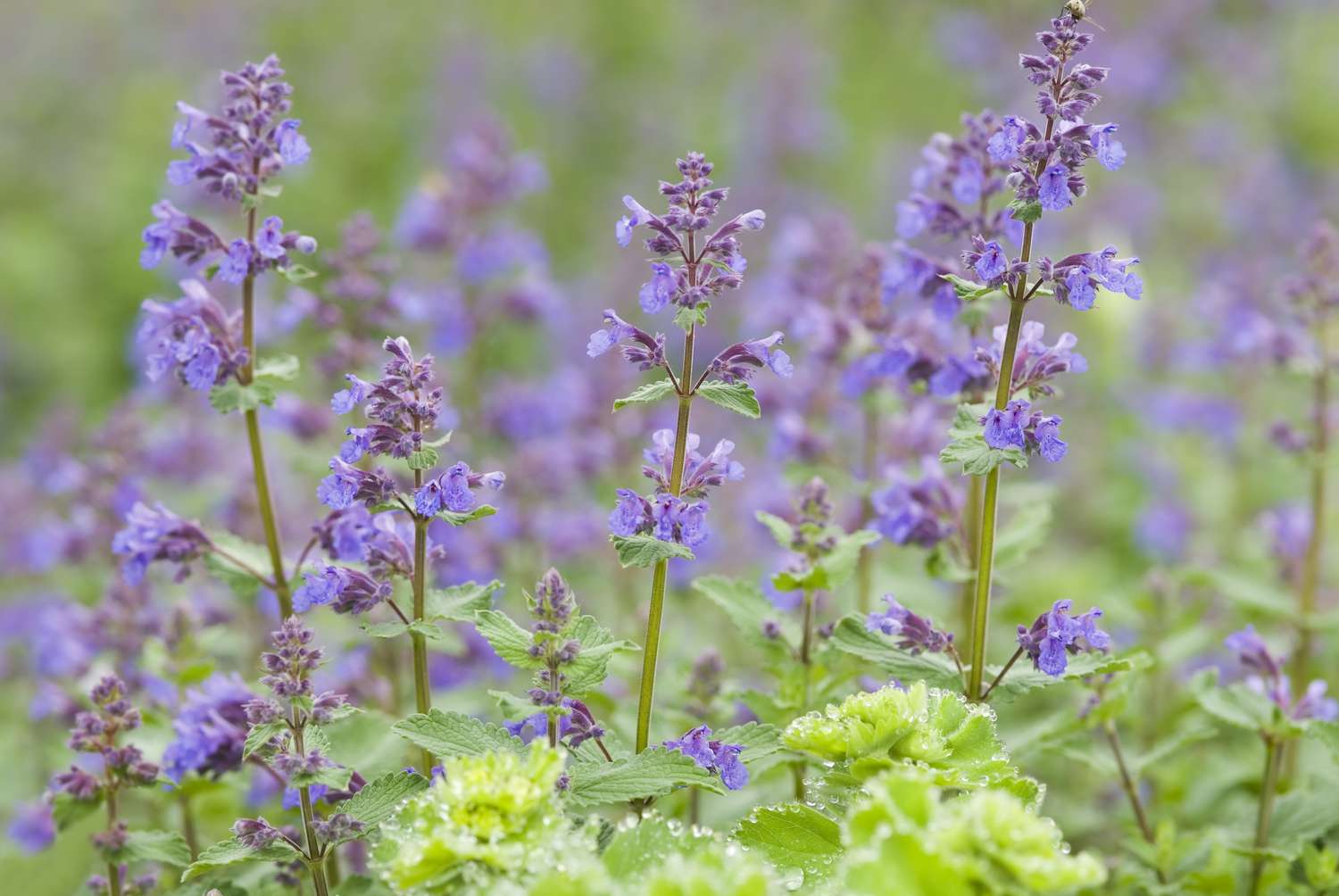
In a world where water conservation is becoming increasingly important, selecting plants that require minimal irrigation is a wise choice for eco-conscious gardeners. Low-water flowers not only help conserve water but also offer beauty and color to landscapes with less maintenance. In this article, we explore various types of flowers that thrive in low-water conditions, providing both aesthetic appeal and environmental sustainability.
I. Introduction
In a time when water resources are under pressure, opting for plants that can thrive with minimal irrigation is essential for sustainable gardening practices. Low-water flowers offer a solution by requiring less water while still adding charm and vibrancy to gardens and landscapes. By choosing flowers that don’t need a lot of water, gardeners can reduce water usage, conserve resources, and create beautiful, eco-friendly outdoor spaces.
II. Succulents
Adaptations for Water Conservation Succulent plants are renowned for their ability to store water in specialized tissues, such as leaves and stems, allowing them to survive in arid environments with limited rainfall. These water-storing adaptations enable succulent flowers to thrive in low-water conditions, making them an excellent choice for water-wise gardening.
Popular Low-Water Succulent Flowers Several species of succulents produce stunning flowers despite their low-water needs. Examples include the vibrant blooms of Echeveria, the delicate flowers of Sedum, and the striking inflorescences of Aloe. These low-water succulent flowers come in a variety of colors, shapes, and sizes, adding visual interest to drought-tolerant landscapes.
Care Tips for Succulent Flowers To ensure the health and vitality of succulent flowers, it’s essential to provide well-draining soil, ample sunlight, and minimal watering. Overwatering can lead to root rot and other moisture-related issues, so it’s best to water succulents sparingly, allowing the soil to dry out between waterings. Additionally, protecting succulent flowers from frost and extreme temperatures will help them thrive in their low-water environment.
III. Mediterranean Plants
Natural Habitat and Climate Adaptation Plants native to Mediterranean regions are well-adapted to hot, dry summers and mild, wet winters, making them ideal candidates for low-water gardening. These plants have evolved mechanisms to withstand drought conditions, such as deep root systems, waxy leaves, and reduced water loss through transpiration.
Drought-Tolerant Flowering Species Mediterranean plants encompass a wide range of flowering species that thrive in low-water environments. Examples include lavender, rosemary, and oleander, which produce fragrant flowers and aromatic foliage. These drought-tolerant flowering species add sensory appeal to gardens while requiring minimal irrigation once established.
Cultivation and Maintenance of Mediterranean Flowers To cultivate Mediterranean flowers successfully, provide well-draining soil, ample sunlight, and minimal supplemental watering. Once established, these plants are relatively low-maintenance, requiring occasional pruning and fertilization. Mulching can help conserve soil moisture and suppress weeds, further reducing the need for irrigation.
IV. Xerophytes
Characteristics of Xerophytic Plants Xerophytes are plants adapted to arid or semi-arid environments, where water availability is limited. These plants have evolved various adaptations to survive in dry conditions, such as succulence, reduced leaf surface area, and water-storing structures.
Flowering Varieties Suitable for Low-Water Conditions Many xerophytic plants produce beautiful flowers despite their adaptation to low-water environments. Examples include desert marigold, desert bluebells, and desert sage, which boast colorful blooms and unique adaptations for water conservation. These flowering varieties are well-suited to xeriscaping and water-wise gardening practices.
Growing Tips for Xerophytic Flowers To cultivate xerophytic flowers successfully, choose well-draining soil, provide adequate sunlight, and limit watering to mimic their natural habitat. Incorporating organic matter into the soil can improve water retention and soil structure, promoting healthy root development. Additionally, selecting drought-tolerant species native to your region can enhance resilience and reduce maintenance requirements.
V. Native Drought-Resistant Flowers
Indigenous Species Adapted to Arid Environments Native plants are well-adapted to local climate conditions, including periods of drought and water scarcity. By incorporating native drought-resistant flowers into landscapes, gardeners can create resilient, sustainable gardens that support local ecosystems and biodiversity.
Examples of Native Drought-Resistant Flowers Depending on your region, native drought-resistant flowers may include species such as California poppy, Texas sage, and yucca. These indigenous plants have evolved to thrive in specific environmental conditions, requiring minimal supplemental watering once established. By showcasing native flora in your garden, you can celebrate the beauty and diversity of your local ecosystem.
Incorporating Native Plants into Landscape Design When planning a water-wise garden, consider integrating native drought-resistant flowers into your landscape design. Grouping plants with similar water needs, implementing efficient irrigation systems, and utilizing mulch and ground cover can further enhance water efficiency and reduce maintenance. By embracing native plants, gardeners can create vibrant, sustainable gardens that conserve water and support biodiversity.
In conclusion, selecting flowers that don’t need a lot of water is a practical and eco-friendly approach to gardening. Whether opting for succulents, Mediterranean plants, xerophytes, or native drought-resistant flowers, gardeners can create beautiful, sustainable landscapes that conserve water and promote environmental stewardship. By embracing low-water flowers, we can cultivate gardens that thrive with minimal irrigation while enhancing biodiversity and preserving natural resources for future generations.
